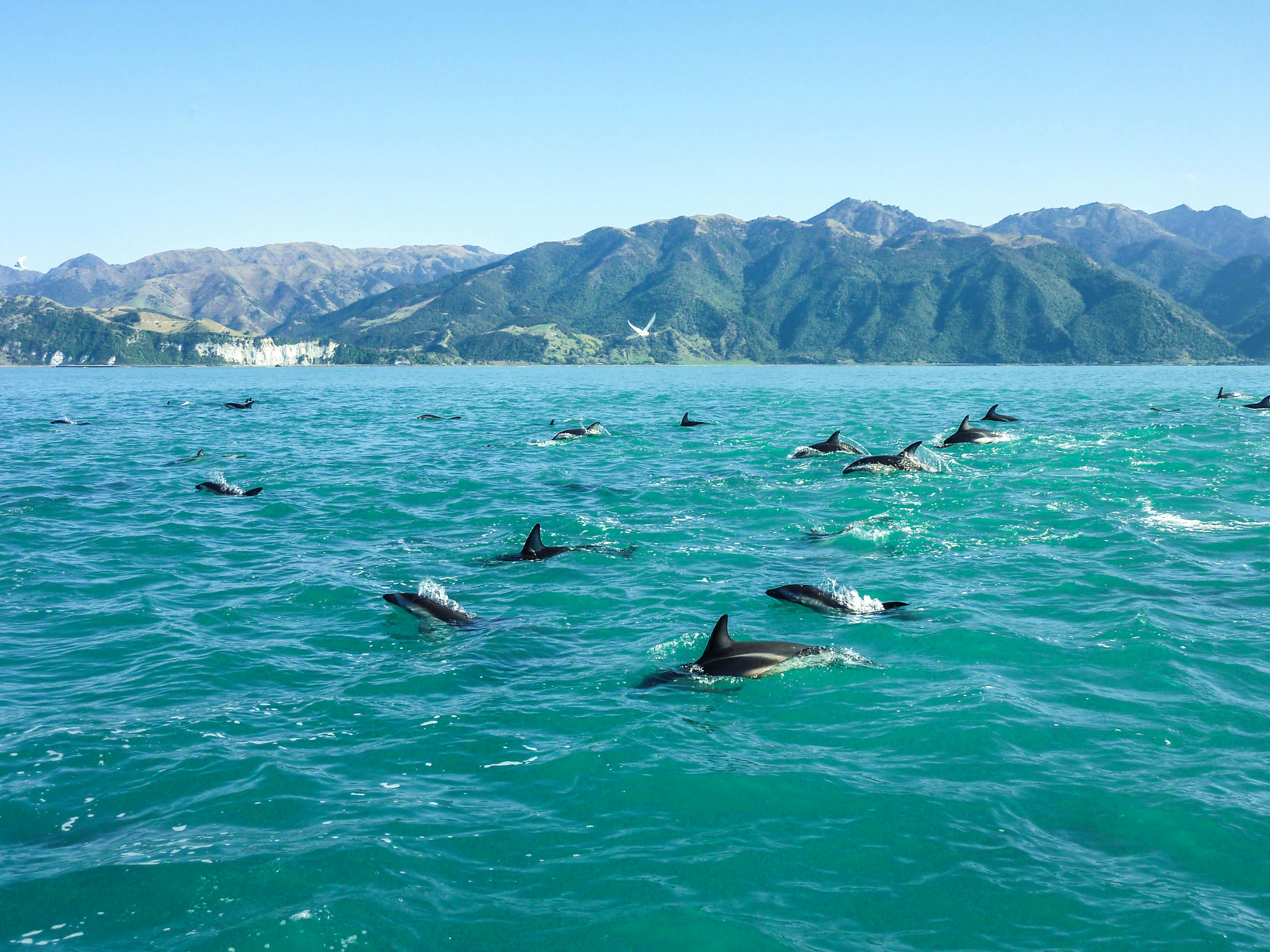New Zealand has committed to protecting 30% of its ocean by 2030 as part of the global 30x30 movement. But some misleading claims are muddying the waters about how much of NZ’s ocean territory is actually protected. So we’re breaking down a few persistent myths — and setting the record straight on the state of marine protection in Aotearoa.
🚫 MYTH:
New Zealand has already protected 30% of its ocean.
✅ FACT:
In reality, less than 1% of New Zealand’s marine environment meets the international standard of a ‘highly protected’ marine protected area.
Fishing industry lobbyists are claiming that the 30x30 commitment has already been met by counting Benthic Protected Areas (BPAs) — zones that restrict bottom trawling on the seafloor. However, BPAs do not protect the rest of the water column or the marine life that inhabits it, including pelagic species like tuna and squid.
In fact, these areas were recommended by the fishing industry itself in 2007, largely because they are too deep for trawl gear to reach the seafloor. And make no mistake, these ‘Benthic Protected Areas’ are still open to mid-water trawling and surface long-lining — and still actively exploited.
Scientific assessments show that just 0.04% of New Zealand’s ocean qualifies as highly protected, a tiny fraction of what’s needed to meet the goal.
🚫 MYTH:
Marine protected areas threaten commercial fishing and limit local access — especially during a cost of living crisis.
✅ FACT:
MPAs help rebuild fish populations by allowing overfished species to recover, supporting long-term fisheries productivity, local livelihoods, and economic resilience.
MPAs often face resistance because they displace fishing activity from certain areas in the short term. But by protecting fish populations within their boundaries, MPAs allow species to recover, grow larger and reproduce more successfully, leading to what’s known as the “spillover effect,” where fish migrate into surrounding fishing grounds, thereby boosting catch volumes. Lack of regulation or protection often turns fishing into a short-term scramble for resources, undermining the health of fish populations in the long run. In fact, a 2024 global review of 81 studies found that MPAs had no net costs to fisheries and often delivered clear benefits, including increased catches and tourism gains. MPAs also support coastal communities by creating opportunities for eco-tourism — as seen in places like Akaroa, where the marine reserve has significantly boosted the local tourism industry.
🚫 MYTH:
New Zealand is too small and isolated to have a meaningful impact on global ocean health.
✅ FACT:
Despite its size, the country has one of the world’s largest ocean territories in the world — and a responsibility to protect it.
Aotearoa’s Exclusive Economic Zone is 15 times larger than its landmass, making it one of the largest ocean areas under national jurisdiction. What happens in these waters doesn’t just affect local ecosystems — it carries global significance. Recent polling shows that nearly 80% of New Zealanders believe the country should honor its commitment to protect 30% of the ocean by 2030. Australia has recently made public commitments to protect 52% of its ocean territory, reflecting growing momentum in the region toward stronger marine protection. New Zealand now has an opportunity to match that ambition and demonstrate leadership through credible, science-based action.
Progress depends on real protection, not misleading claims or lowered ambition. Only sustained public pressure will ensure that New Zealand’s Government follows through and delivers on its commitment with bold, decisive action.











